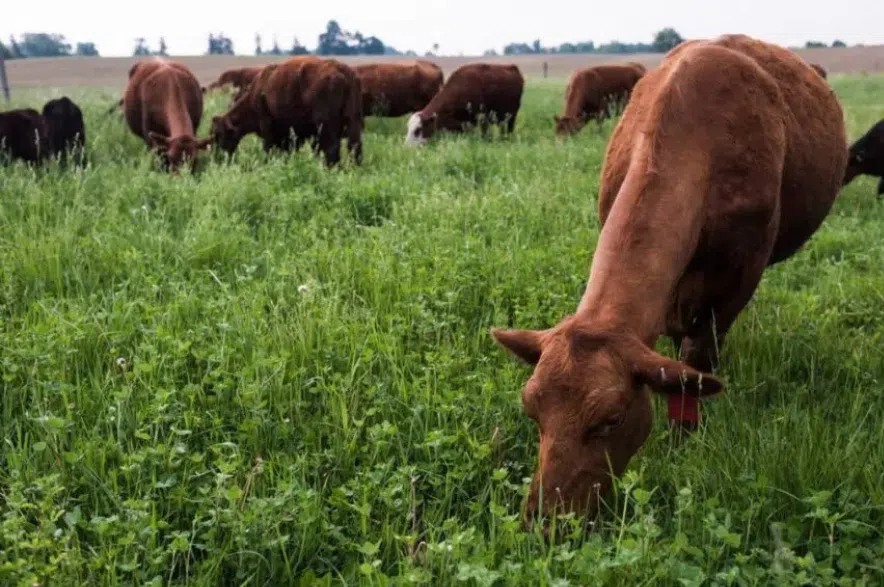Saskatchewan producers facing trade uncertainty and dry conditions will receive a one-time increase in compensation through AgriStability, along with a doubling of the maximum payment cap for the 2025 program year.
The changes follow last week’s annual meeting of federal, provincial and territorial agriculture ministers
“Reliable and effective business risk management programs help protect against large declines in producers’ margins and are an important tool for a strong agricultural sector in Saskatchewan,” Saskatchewan Agriculture Minister Daryl Harrison said in a joint news release Monday.
The Saskatchewan Crop Insurance Corporation (SCIC) will increase the AgriStability compensation rate from 80 per cent to 90 per cent for 2025, meaning participants will receive 90 cents for every dollar of eligible margin decline. The maximum payment cap will also double, from $3 million to $6 million per operation. The enrolment deadline for 2025 has been extended to July 31.
Read more:
- Despite recent rain, southwest Saskatchewan still short on moisture
- Canadian growers get A+ in growing low-carbon-intensity oats and barley
- How AI is making its way into agriculture technologies
While these changes apply only to 2025, further program adjustments are expected in 2026.
AgriStability will revise how feed inventory is valued for livestock producers, taking into account feed used on farms rather than sold. This change, the governments say, will better reflect farm realities during drought conditions.
Also under consideration is the inclusion of feed expenses from grazing on rented pasture as eligible costs under the program.
“Saskatchewan producers are currently facing rising costs, harsh weather conditions causing drought and feed uncertainty. These changes are a good first step in providing support for farming operations at a time when they need it most,” Saskatchewan Association of Rural Municipalities president Bill Huber said in the same release.
Agricultural Producers Association of Saskatchewan president Bill Prybylski added that livestock producers will welcome the improvements: “The permanent changes in feed accounting and cost adjustments mean the unique hurdles they face are finally being acknowledged.”
AgriStability provides support to Canadian farmers facing significant drops in income due to factors like production losses, rising expenses or shifts in the market. Between 2018 and 2023, the program delivered more than $645 million in benefits. For the 2024 program year, payments are on track to exceed levels seen in the past 15 years.
Farmers cautiously optimistic
Farmers in southwest Saskatchewan have been calling for changes to programs for years.
Tyson Jacksteit runs a 7,000-acre mixed operation in the RM of Big Stick, which formally declared a state of emergency in June because of drought.
He said the changes won’t help farmers like him.
“AgStability is impossible to trigger when you’ve been in drought for nine years,” he explained.
“The changes today really do not help the areas that are still dry and are affected by drought.”
Despite this, he appreciates the government for making changes and hopes the trend will continue.
He hopes improvements will be made to crop insurance.
“I’m hoping this is just the start of the major overhaul of all protection programs that farmers have,” he said.
Until this change happens, Jacksteit said farmers like himself will continue to advocate and meet with their ministers and MLAs.
“It’s very hard to get change done, but we will not quit until the programs are better suited for farmers in this area,” he said.











